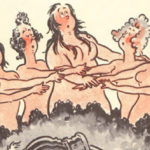 Weird Stuff
Weird Stuff  Weird Stuff
Weird Stuff  Mysteries
Mysteries 10 Tragic Disappearances and Deaths in Joshua Tree National Park
 History
History 10 Ways Childhood Really Sucked in the Old West
 Music
Music 10 Name Origins of Famous Bands from the 1990s
 Religion
Religion 10 Biggest Turnarounds by the Catholic Church
 Weird Stuff
Weird Stuff 10 Unbelievable Times Laws Had Unintended Consequences
 Humans
Humans Ten Historic Women Who Deserve Way More Credit Than They Got
 Movies and TV
Movies and TV 10 Films That Spawned Major Lawsuits
 History
History Ten Times Towns Were Wiped Off the Face of the Earth
 Creepy
Creepy 10 of the Most Disturbingly Haunted Public Houses in the UK
 Weird Stuff
Weird Stuff 10 Niche Subcultures That Are More Popular Than You Might Think
 Mysteries
Mysteries 10 Tragic Disappearances and Deaths in Joshua Tree National Park
 History
History 10 Ways Childhood Really Sucked in the Old West
Who's Behind Listverse?

Jamie Frater
Head Editor
Jamie founded Listverse due to an insatiable desire to share fascinating, obscure, and bizarre facts. He has been a guest speaker on numerous national radio and television stations and is a five time published author.
More About Us Music
Music 10 Name Origins of Famous Bands from the 1990s
 Religion
Religion 10 Biggest Turnarounds by the Catholic Church
 Weird Stuff
Weird Stuff 10 Unbelievable Times Laws Had Unintended Consequences
 Humans
Humans Ten Historic Women Who Deserve Way More Credit Than They Got
 Movies and TV
Movies and TV 10 Films That Spawned Major Lawsuits
 History
History Ten Times Towns Were Wiped Off the Face of the Earth
 Creepy
Creepy 10 of the Most Disturbingly Haunted Public Houses in the UK
10 Products You Aren’t Using The Crazy Way Their Creators Intended
Most of the household items that fill your shelves were designed by a team of corporate marketers and testers who tweaked the original idea into the product you see. But what if we’d let these things stay true to the vision of their inventors? If we did, we’d be using these products for some very weird things.
10 Start Each Day By Eating A Spoonful of Vaseline
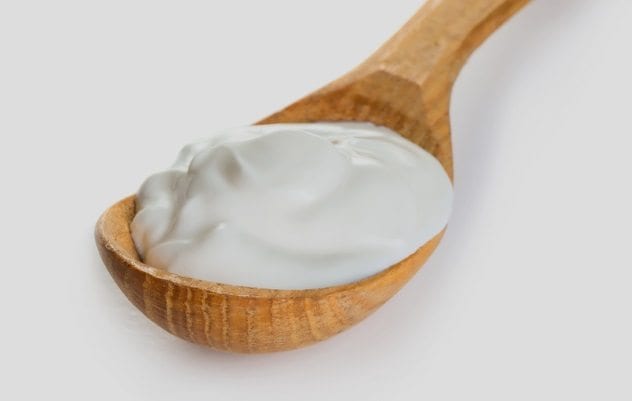
If you’re using Vaseline on just your skin, you’re missing out. The creator had some different ideas. He wanted people to eat it.
Vaseline has a weird history. It came into the world when some oil workers were scrubbing a weird, gooey residue off of their drills and thought to themselves, “What if we rubbed this stuff all over our bodies?” A man named Robert Chesebrough saw them doing it and figured they were on to something. Soon, he was traveling around the country, burning his skin with acid and rubbing the wound with petroleum jelly before a delighted crowd.
Chesebrough didn’t stop there. He insisted that eating a spoonful of Vaseline each day would ensure health, long life, and vitality. All modern science suggests that’s insane and that eating Vaseline is actually terrible for you, but to be fair, Chesebrough lived to be 96 years old.
9 Corn Flakes—The Cereal That Calms Your Sexual Urges
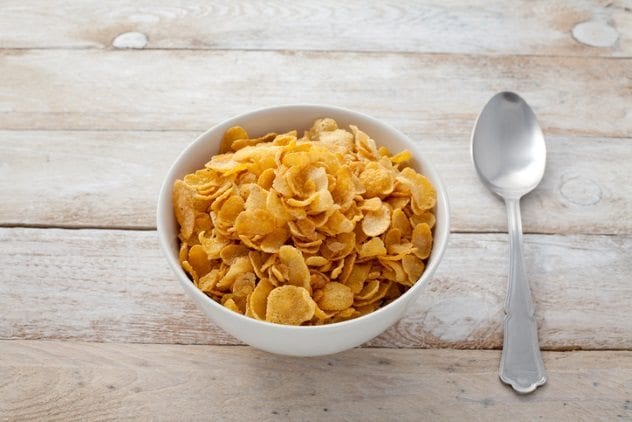
Before they made cereal, John and Will Kellogg owned a sanitarium. Major celebrities from around the US would visit the Kelloggs and let the brothers purify their bodies. The brothers, though, were strict Seventh-day Adventists, and they had some unusual ideas about how to purify their clients.
John believed that all sex and impure and harmful—including sex between a man and his wife. John and his wife never had sex and even slept in separate bedrooms to keep the temptation at bay. The worst sin of all, John believed, was masturbation, which he called “onanism.” He specifically designed corn flakes to be the least sexy food possible, devoid of the sugars and spices he believed drove men into lust-filled frenzies. He fed it to his patients, believing that the bland taste would quell their sex drives.
He tried to sell it as a breakfast cereal, too, hoping to make a generation of kids all around the world bored of sex. Hardly anyone bought his abstinence flakes, though, until his brother Will bought him out and added sugar, a sex craze–inducing ingredient which infuriated John so much that he sued.
8 Lucky Charms Have The Peanuts Kids Love
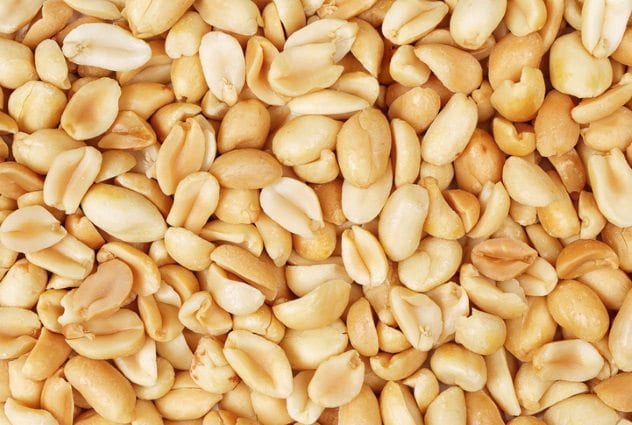
Lucky Charms weren’t always a bright, colorful, marshmallow-filled treat. They started with the vision of one man, John Holahan, who worked for General Mills. He wanted to give kids a dish he was sure they would love: peanuts floating in milk. He experimented by chopping up circus peanuts and dumping them into a bowl of Cheerios. Thrilled with the result, he rushed into the office the next day and insisted that this needed to be their next breakfast cereal.
The company agreed, with one caveat: They wanted to replace all of Holahan’s ideas with different, better ones. Brainstorming with marketing swapped the peanuts with marshmallows, cut into shapes modeled after the charm bracelet craze that they were sure wasn’t going to be completely forgotten within a year.
Lucky Charms was a smash success, which had more to do with the colorful marshmallows than Holahan’s ideas.
7 Lysol—America’s Most Popular Birth Control

Lysol was once used for something entirely different than cleaning counters. When the company started, Lysol ads showed smiling women declaring, “I use Lysol always for douching.” It gets weirder: “Douching” was just a euphemism; these women were using Lysol as a form of birth control.
Lysol couldn’t directly tell women that it would keep them from getting pregnant, but they made it pretty clear. They posted ads that warned women of “intimate neglect.” They would spread stories with titles like “How I lost my husband” that showed a woman saying that, when her husband cheated, “[she] was really to blame.”
It didn’t work particularly well. Lysol wasn’t an effective contraceptive, and it actually killed people. By 1911, women spraying Lysol on themselves had already led to 193 reported cases of Lysol poisoning and five deaths.
6 The Finest US Homes Are Wallpapered In Bubble Wrap

Bubble wrap was never supposed to be relegated to mail packaging; it was supposed to be a high-class home accessory. When it was invented in 1957, it was intended as a 3-D wallpaper. Alfred W. Fielding and Marc Chavannes sealed two shower curtains together, allowed air bubbles to remain between them, and tried to sell them to wealthy people as soft, cushiony papering for their walls.
Nobody bought it. Americans didn’t want walls made out of bubble wrap, so Fielding and Chavannes tried selling it as greenhouse insulation, instead. It took until the 1960s before bubble wrap finally found its purpose in packing boxes.
5 Your Child’s Favorite Drink Started As An Alcoholic Mixer
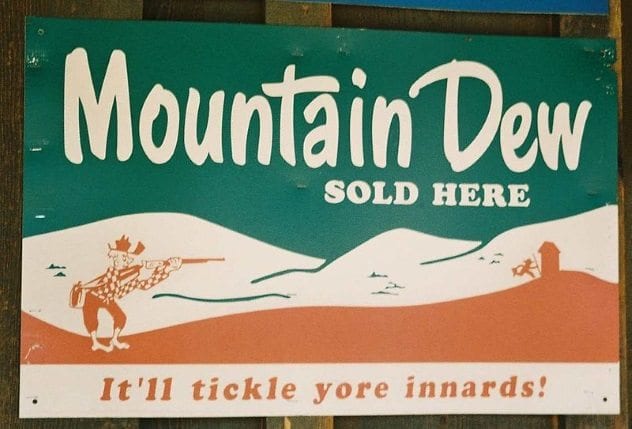
There’s a good chance the beverages you feed your kids for a treat were never meant for kids at all. As it turns out, a lot of popular drinks started off as alcoholic mixers.
Mountain Dew, for example, was originally meant to be consumed with whiskey. When it came out, it was sold as a mixer, designed to be served with whiskey as a cocktail that was bit like a whiskey sour. They even used a hillbilly moonshiner as their mascot and named themselves after a liquor. “Mountain dew” was Appalachian slang for “moonshine.”
Sprite started off the same way, being sold as an extra tart mixer for whiskey. The first milkshakes were loaded with whiskey, too. The first mention of one, written in 1885, describes milkshakes as an “eggnog type of drink, with eggs, whiskey, etc., served as a tonic as well as a treat.”
4 Jagermeister—The Medicine That Calms Digestion
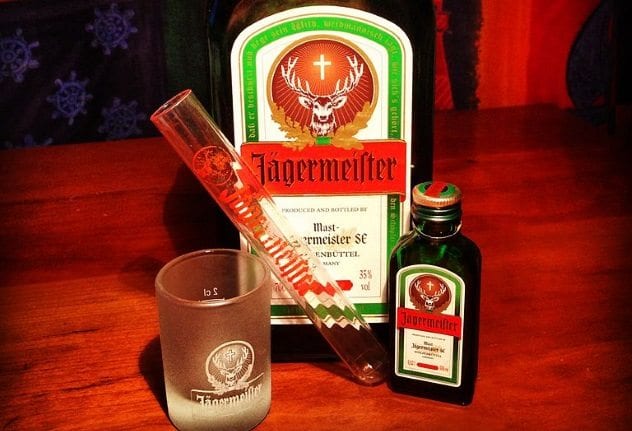
There was a time when Jagermeister wasn’t synonymous with college frat parties. Before the liquor found its niche, it was sold as a medicine, and the target market was middle-aged German men. When Jagermeister got its start in 1934, the ads focused on its medicinal ingredients. Men were encouraged to take a small glass of Jagermeister after meals to calm digestion and to take a shot when ill to suppress coughing.
It didn’t sell very well, so in the 1970s, they changed gears. Jagermeister realized that people liked alcohol more than ginseng and started using team sponsorships and college ads to target a youth market. Pretty soon, the cough medicine was being advertised by half-naked women shooting liquor into men’s mouths with a spray gun.
The drink sold far better when they advertised it as a way to get drunk. Every now and then, someone still makes the unwittingly apropos observation that, “This stuff tastes like cough medicine.”
3 Coca-Cola—The Sex Drive Booster Fortified With Liquor And Cocaine
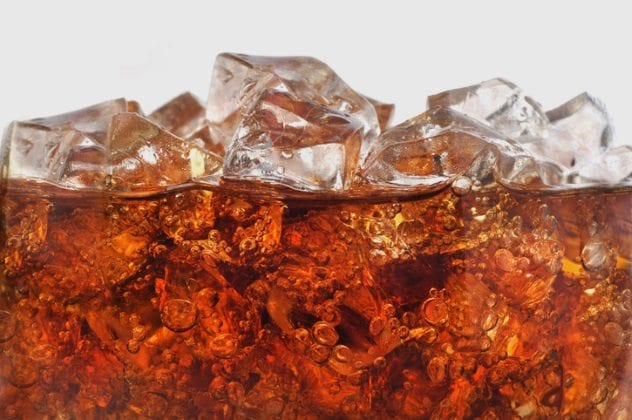
Before it was the world’s most popular soft drink, Coca-Cola was a medication developed by John Pemberton, a pharmacist and soldier who was wounded in the Civil War. Pemberton’s wound led to a heavy morphine addiction, with which he constantly struggled. He had a breakthrough when he heard about a bold new medication people were using to wean themselves off opiates: wine mixed with cocaine.
Pemberton tried to make his own cocaine-wine mix. When a lab assistant accidentally added some carbonated water to the drink, he tasted it and realized he had a hit in his hand. For some reason, everyone who tasted his concoction of carbonated wine and cocaine just wanted more. Pemberton sold his drink and advertised it as a cure for almost everything, including being “a most wonderful invigorator of sexual organs.”
Changing government regulations eventually forced Pemberton to filter the wine and cocaine out. Today, if you ever see a man with a bottle of wine in one hand, a can of coke in the other, and a rolled-up dollar bill up his nose, you’re seeing a man enjoying the refreshing taste of Coca-Cola—the way it was intended.
2 Kleenex—Filters For Gas Masks
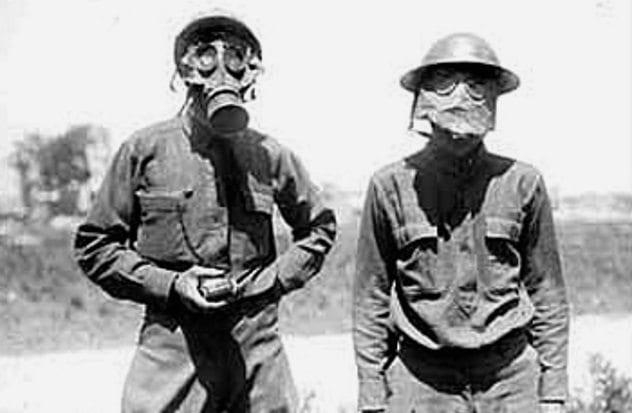
Before it was called “Kleenex,” the tissue we know today was nothing more than an invention no one was sure what to do with. They already had a catchy, marketable name—“creped cellulose wadding”—but they just weren’t sure how it could be applied.
When World War I started, though, it became clear how their new product was destined to be used: in gas masks. Kimberly-Clark earned a contract with the US military, lining their gas masks with tissue to protect US soldiers from mustard gas.
The war gave them a big market. They could even sell excess paper as dressing for wounds. When it ended, they had to come up with something else, so the product became “Kleenex” and was sold for the incredibly specific purpose of cleaning off cold cream. That broadened in time, and today, Kleenex is used for almost everything but what it was made for.
1 Tampons Are Perfect For Clogging Bullet Wounds
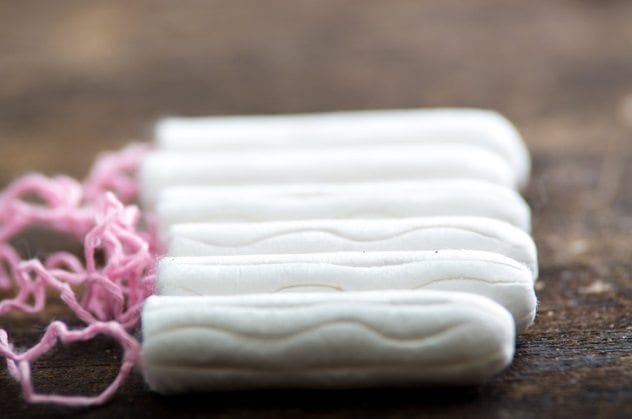
Women weren’t always the only people wearing tampons; they used to go hand-in-hand with military service. There was a time when a good military medic wouldn’t be caught dead without a tampon on hand. In the 18th century, medical books encouraged first responders to keep tampons on hand to plug bullet wounds.
By World War II, Tampax themselves were making military dressings for the Army. They were sending the men standard-issue bandages, not women’s hygiene products, but that didn’t mean men weren’t using their main product. There are confirmed records of soldiers using tampons to stanch wounds.




